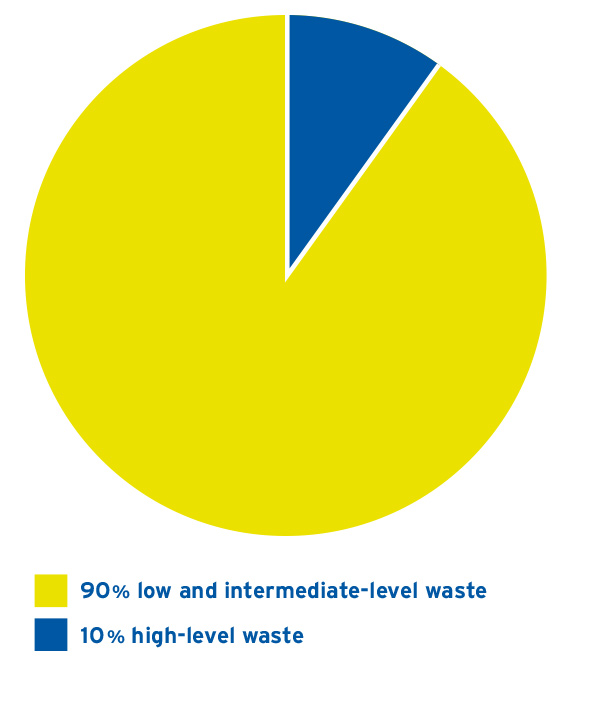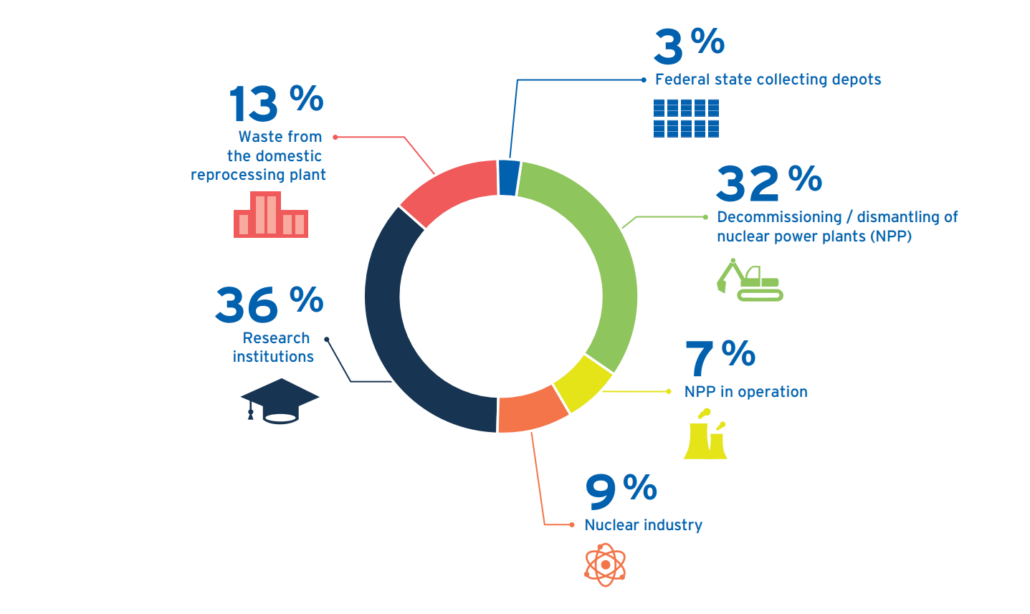The handling of radioactive material is basically regulated in the Radiation Protection Ordinance (StrlSchV), the Radiation Protection Act (StrlSchG) and in the Atomic Energy Act (AtG). These laws regulate the principles and requirements for precautionary and protective measures which are applied to the use of (and exposure to) radioactive substances and ionising radiation of man-made and natural origins. In the case of the interim storage of radioactive waste, the interim storage facilities, the casks and the emplacement must be separately licensed by the relevant competent authority.
As in the case of waste from reprocessing, the fuel elements used to generate electricity in nuclear power plants are highly radioactive. They account for around 10% of the waste volume, but they contain more than 99% of the total radioactivity inventory.
Over 90% of the volume of radioactive waste generated in Germany consists of low and intermediate-level waste. About two-thirds of this waste originates from the operation and decommissioning of nuclear power plants and from the nuclear industry, for example, in items like used protective clothing, filters, tools and disused plant components.
The remainder is attributable to research, industrial processes and the medical application of radionuclides.
Where does Germany’s low-level and intermediate-level radioactive waste come from?
Source: List of radioactive waste (inventory as of December 31, 2019 and forecast),
Federal Ministry for the Environment, Nature Conservation and Nuclear Safety, January 2021.



